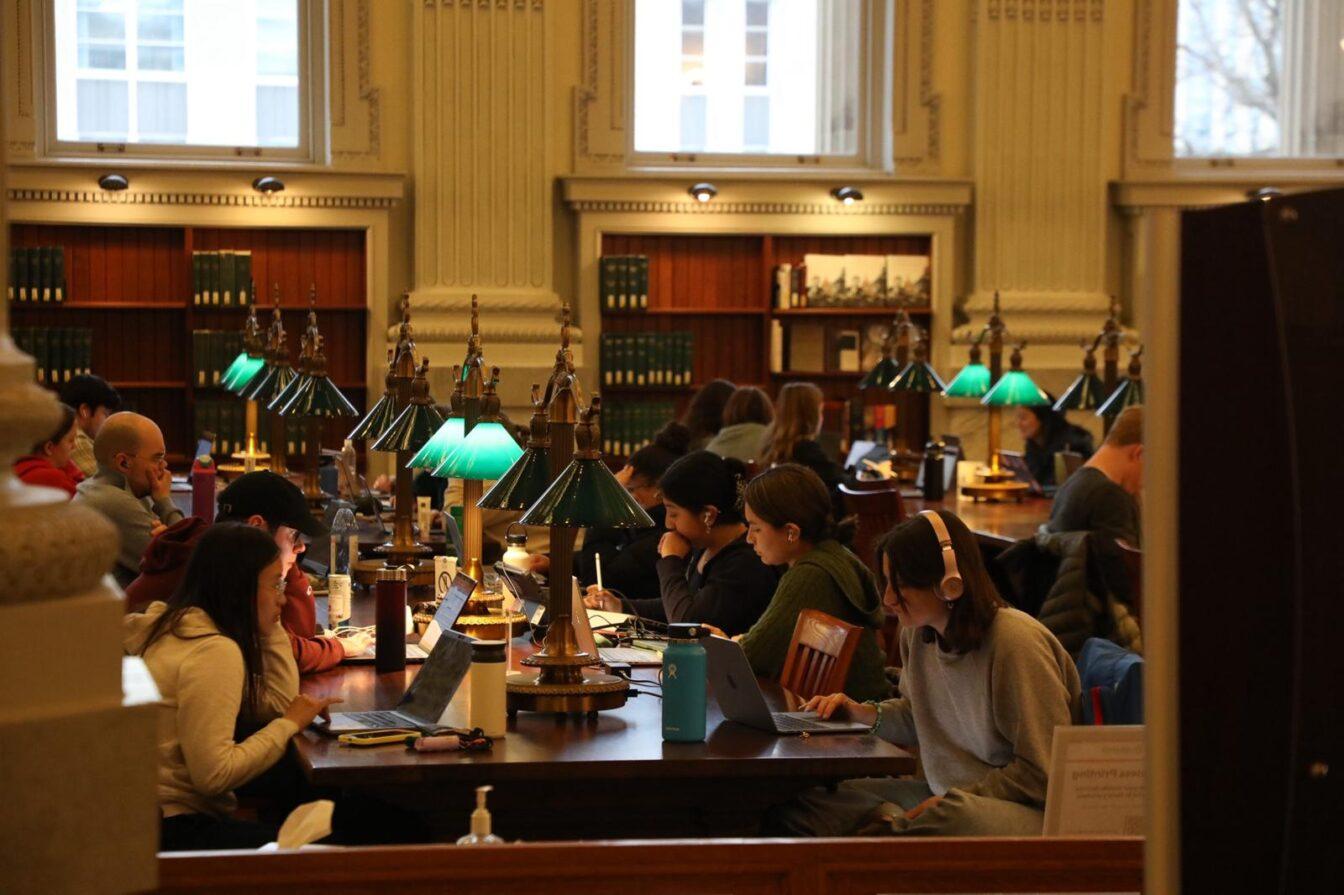Federal funding for COVID-19 pandemic relief is set to end in September 2024 for U.S. public schools. This cut in funding for public school districts could end programs designed to support students’ learning and lessen achievement losses from the pandemic, according to WPR.
Education policy researchers at Harvard and Stanford released a report in January highlighting areas where school districts saw achievement loss in their students based on reading and math scores.
The report found that students from lower-income backgrounds experienced slower academic recovery from COVID-19 and increased achievement gaps compared to wealthier students since 2019.
Public schools in Milwaukee and Racine are a full-grade equivalent behind in math scores, according to WPR. By contrast, Howard-Suamico, Elmbrook and Appleton school districts are scoring above 2019 levels.
Based on data from the Education Recovery Scorecard, there is a larger loss in scores in poorer school districts and slower recovery compared to wealthier districts.
Despite January layoff surge, Wisconsin’s economic momentum continues
Without investment in public school programs designed to combat these losses, students are going to experience achievement gaps when they enter higher education institutions as well, University of Wisconsin assistant professor of educational leadership and policy analysis Christopher Saldaña said.
Saldaña said programs to support students, especially post-pandemic, provide students with the education and expertise they need to succeed in college. Without that support, students are more likely to struggle at the university level, Saldaña said.
“Unless we invest resources into educating students and supporting them with some of the challenges they have outside of just their education, then it is going to have an impact on who gets to go to college, what kind of colleges they go to and later in their careers,” Saldaña said.
School districts across Wisconsin have implemented summer learning programs, task forces and study teams to address achievement loss, according to WPR. School districts are concerned that programs may be unable to continue without additional funding, as federal relief is set to end in September 2024, according to WPR.
Most school districts will lose additional funding once the pandemic relief runs out, according to UW associate professor of educational policy studies Erica Turner.
“Unfortunately, the funding that has been there to support school districts and recovery efforts is running out and in most places — there’s really no replacement for that funding,” Turner said.
While the pandemic exacerbated issues regarding public school funding and achievement gaps in K-12 education, these issues existed long before 2019, Saldaña said.
Generally, students in wealthier school districts have access to higher-quality educational resources like new textbooks, technology and extracurricular activities Saldaña said. Further, students from higher income backgrounds typically had more access to resources like internet and a computer during the pandemic, Saldaña said.
Rep. Stubbs proposes bill to create Wisconsin Office of Equity and Inclusion
For economically disadvantaged students, schools also offer resources that expand beyond learning needs, such as food and medical services, Saldaña said.
“Schools were and continue to be a lifeline for [low-income students],” Saldaña said. “So when that got disrupted, there was both the learning aspect and the support aspect that was disrupted.”
Another challenge school districts in Wisconsin face is parent engagement with schools, according to WPR. Engagement can be difficult for low-income families especially because parents are often working multiple jobs, but is critical for student success, Saldaña said.
State funding should also go a step further and focus on eliminating child poverty, which has a severe impact on student achievement, Turner said.
Saldaña supports the need to reduce socioeconomic gaps that interfere with a child’s education.
“Kids learn well when they have stable housing, when they have food, when their parents have economic support, when they have access to health care,” Saldaña said. “All of those things matter equally if not more so than what happens in a student’s school.”
Turner and Saldaña also encourage University of Wisconsin students to advocate for K-12 education through voting on legislation regarding public education funding and staying informed on education policy.
UW can also support public school districts by offering tutoring services to local K-12 students.
“You can volunteer and tutor — and that’s one of the most rewarding experiences,” Saldaña said. “I think schools just need a lot of help and they don’t have a lot of money, so if a UW–Madison student came up to them and said ‘I’d like to offer an hour a week or two hours a week,’ they would say, ‘Sure, we would love that.’”












